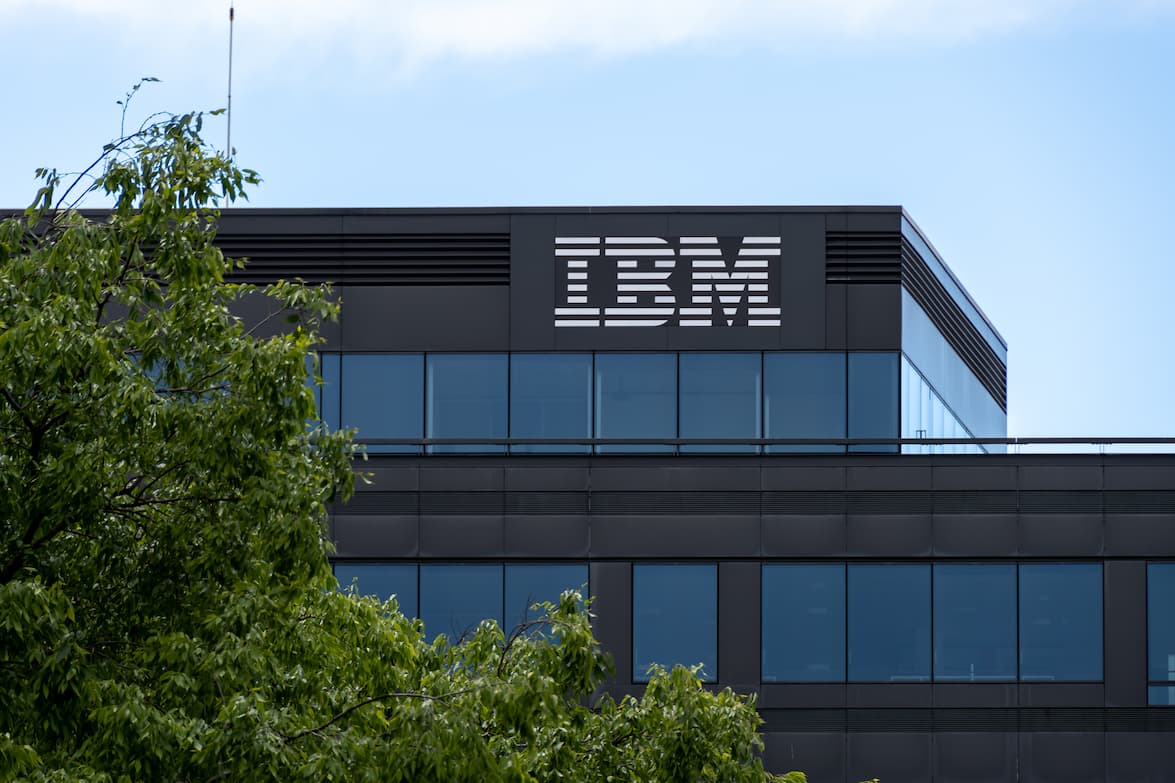Written by
Will Miranne
Will is an aPHR-certified writer on the marketing team at BerniePortal. He writes about healthcare, human resources, and benefits.
IBM Accused of Age Discrimination (and How You Can Avoid It)

Age discrimination plays a significant role in today's business climate. With so many older workers retiring during COVID and many younger workers entering the workforce for the first time, the line has become increasingly blurred over what constitutes age discrimination in the workplace. IBM, for example, is currently dealing with ongoing legal issues regarding these discriminatory practices.
Continue reading to learn what age discrimination is, how it impacts modern hiring practices, and how your organization can remain compliant.
What is Age Discrimination?
Age discrimination refers to the unfair treatment of an employee based on their age. The Age Discrimination in Employment Act of 1967 (ADEA) protects applicants over 40 from discriminatory hiring practices. Age discrimination, however, can apply to more than just hiring practices.
One primary reason for age discrimination is ageism in the hiring approach—seeking younger employees to fill vacant roles, intentionally or not. This practice often occurs with the hope that younger talent can provide prolonged service and grow into more prominent roles within an organization. While hiring younger is not inherently wrong, doing so to the detriment of older candidates and employees could be discriminatory.
Laying off older workers to make room for younger employees is another example of age discrimination. In addition, only offering raises and promotions to younger employees may also be discriminatory.
Organizations must be careful to distinguish between making staffing decisions based on age and making staffing decisions based on merit, regardless of age.
IBM Accused of Age Discrimination
IBM has recently been accused of laying off tens of thousands of older employees between 2013 and 2018 in an effort to make the company younger. Court documents from the lawsuit include an alarming email sent by an unnamed executive who wished to make these "dinobabies" "extinct."
Hundreds of individuals are currently in arbitration, claiming they were "illegally fired" from IBM as part of a "scheme to replace older employees with younger ones"—which only adds to the potentially discriminatory email correspondence. However, Nickle LaMoreaux, Chief Human Resources Officer, denies these claims, saying, "Discrimination of any kind is entirely against our culture and who we are at IBM, and there was (and is) no systemic age discrimination at our company."
In the court hearings, a former employee claimed that the organization was dealing with talent acquisition issues and determined one solution was to appear "as [a] cool, trendy organization." IBM was apparently trying to compete with new up-and-coming tech companies who tended to hire younger, and by redefining their workplace they could attract similar talent. The potential issues lie in the methods used to achieve this.
Of course, an organization can hire younger talent, but doing so at the expense of another demographic is problematic.
How Common Is Age Discrimination?
Age discrimination is not as rare as some may think. IBM is only one example of a company facing an ongoing lawsuit surrounding age discrimination claims, which can be as simple as laying off an older employee to hire another, younger employee to perform the same functions under the same circumstances.
It can also mean exclusively recruiting in younger communities through college job fairs or advertising in locations where metrics, such as the census, identified a predominance of younger talent.
A 2021 AARP survey found that as many as 78% of respondents–comprised of 1,322 working or recently retired Americans aged 40-65–claimed to have experienced or witnessed age discrimination in some capacity in the workplace. However, the EEOC recently reported that age discrimination rates had fallen as far as 39% between 2010 and 2020.
The AARP survey implies that there are likely to be more workplace discrimination cases than are reported. That said—if the EEOC reported falling rates in the last decade—there is likely a reason. Cases may be going unreported, but this does not necessarily mean they are increasing altogether. Employers need to continue to address any issues that might be considered discriminatory to maintain compliance under the ADEA.
How Employers Can Avoid Age Discrimination
The most important thing an employer can do is recognize the difference between discriminatory practices and more legitimate factors.
Legitimate factors can include hiring a particular candidate because of their qualities and skills, which directly relate to the job and its function. These factors might also include necessary skills and qualities that distinguish the candidate from other candidates.
If you hire one candidate over another because they are 20 years younger, believing they have a better grasp of modern technology, you might be guilty of ageism. The length of time a person has left in their professional career is subjective and cannot be used as a basis for hiring.
Hiring only younger candidates can also negatively impact you as an organization. While it is generally true that many younger workers have long careers ahead of them compared to most older employees, there are upsides to hiring more tenured employees. Younger employees are more likely to try their hand at many different jobs and careers before finding the one that sticks.
One way to avoid age discrimination is to hire more senior employees. Focus on the positives of hiring these workers, such as spending less time training employees in basic business concepts and principles. Older employees can also offer younger employees leadership and mentorship, creating a more balanced team.
Additional Resources
You can also stay informed, educated, and up-to-date with anti-discrimination practices and other important topics by using BerniePortal’s comprehensive resources:
-
BerniePortal Blog—a one-stop-shop for HR industry news
-
HR Glossary—featuring the most common HR terms, acronyms, and compliance
-
HR Guides—essential pillars, covering an extensive list of comprehensive HR topics
-
BernieU—free online HR courses, approved for SHRM and HRCI recertification credit
-
HR Party of One—our popular YouTube series and podcast, covering emerging HR trends and enduring HR topics

Written by
Will Miranne
Will is an aPHR-certified writer on the marketing team at BerniePortal. He writes about healthcare, human resources, and benefits.
Related Posts
We just wrapped up another phenomenal Weekdays with Bernie (WWB) Conference!
Employees are the heart and soul of an organization, and valuing their opinions can have...
HR parties of one already have an abundance of tasks to keep up with. From hiring to...
The talent search is no longer a skirmish or a battle. It’s a WAR! As a strategic HR...






Submit a Comment